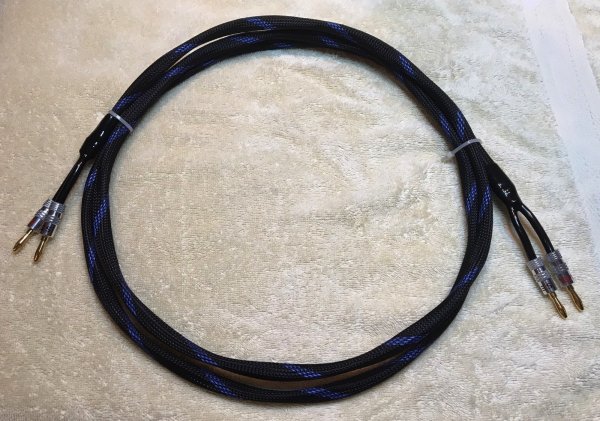As a general rule; you can design a cable for either low inductance or low capacitance but you can't have both in the same cable. This cable comes about as close to cheating that rule as any I've seen. I built a pair to drive my ESL speakers. Enjoy!
Link to parts list and build photos: Cross-connected coax speaker cable
A quote by the cable's designer, Jon Risch:
“Cross-connection is used to reduce the inductance to an absolute minimum. Merely paralleling the center wire and shield would create two separated different polarity composite conductors with an inductance much higher than the cross-connected pair.”

Link to parts list and build photos: Cross-connected coax speaker cable
A quote by the cable's designer, Jon Risch:
“Cross-connection is used to reduce the inductance to an absolute minimum. Merely paralleling the center wire and shield would create two separated different polarity composite conductors with an inductance much higher than the cross-connected pair.”


